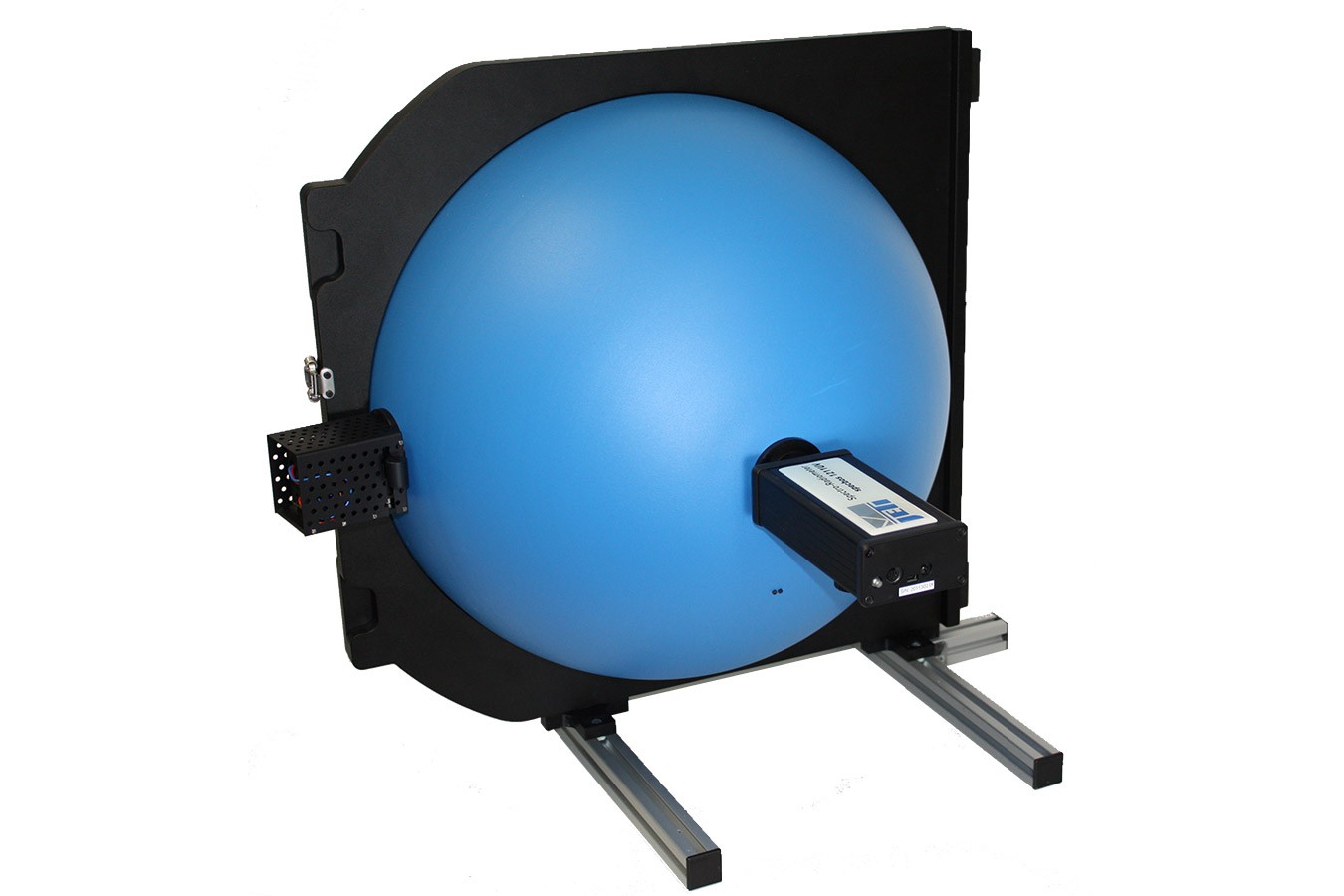
What is an integrating sphere? An integrating sphere is a hollow spherical device with a reflective interior used to measure light. It captures and diffuses light uniformly, making it ideal for various optical measurements. These spheres are crucial in fields like photometry, radiometry, and colorimetry. They help in accurately measuring the total light output of lamps, LEDs, and other light sources. By scattering light in all directions, integrating spheres ensure that measurements are not affected by the angle of incidence. This makes them indispensable for precise and consistent light measurements. Curious about more? Let's dive into 30 intriguing facts about integrating spheres!
What is an Integrating Sphere?
An integrating sphere is a hollow spherical device with a reflective inner surface. It is used to measure light properties, such as intensity and distribution. Here are some fascinating facts about integrating spheres.
-
Integrating spheres are often used in optical engineering and photometry to measure the total light output of a source.
-
The inner surface of an integrating sphere is coated with a highly reflective material, usually barium sulfate or Spectralon.
-
These devices can measure both direct and diffuse light, making them versatile tools in various scientific applications.
How Integrating Spheres Work
Understanding how integrating spheres function can shed light on their importance in scientific research and industry.
-
Light entering the sphere undergoes multiple reflections off the inner surface, creating a uniform light distribution.
-
A detector placed inside the sphere measures the light, providing accurate readings of its properties.
-
Integrating spheres can measure light from sources with different shapes and sizes, including LEDs, lasers, and lamps.
Applications in Science and Industry
Integrating spheres have a wide range of applications, from research laboratories to industrial settings.
-
They are used in the calibration of light meters and spectrometers.
-
Integrating spheres help in measuring the reflectance and transmittance of materials.
-
These devices are crucial in the development and testing of lighting products, ensuring they meet industry standards.
-
In the field of remote sensing, integrating spheres are used to calibrate satellite sensors.
Benefits of Using Integrating Spheres
The advantages of integrating spheres make them indispensable in many scientific and industrial processes.
-
They provide highly accurate and repeatable measurements of light properties.
-
Integrating spheres can measure light from sources with complex geometries, which would be challenging with other methods.
-
They are non-destructive, meaning the light source or material being tested remains intact.
-
These devices can measure both continuous and pulsed light sources.
Types of Integrating Spheres
Different types of integrating spheres are designed for specific applications, each with unique features.
-
Reflectance spheres measure the reflectance of materials by comparing the light reflected from a sample to a reference.
-
Transmittance spheres measure the amount of light passing through a material.
-
Uniform light source spheres provide a stable and uniform light output for calibrating imaging devices.
-
Laser power measurement spheres are designed to measure the power output of laser sources accurately.
Historical Background
The development of integrating spheres has an interesting history, reflecting advancements in optical science.
-
The concept of the integrating sphere dates back to the early 20th century.
-
Ulbricht spheres, named after German physicist Richard Ulbricht, were among the first integrating spheres used in photometry.
-
Advances in materials science have led to the development of more efficient and durable coatings for integrating spheres.
Challenges and Limitations
Despite their many advantages, integrating spheres also have some limitations and challenges.
-
The accuracy of measurements can be affected by the quality of the reflective coating.
-
Integrating spheres can be sensitive to temperature changes, which may impact their performance.
-
They require careful calibration and maintenance to ensure accurate measurements.
Future Developments
Ongoing research and technological advancements continue to improve the performance and capabilities of integrating spheres.
-
New materials are being developed to enhance the reflectivity and durability of the inner coatings.
-
Advances in detector technology are leading to more sensitive and accurate measurements.
-
Integrating spheres are being adapted for use in emerging fields, such as quantum optics and nanotechnology.
Fun Facts
Integrating spheres have some quirky and lesser-known aspects that make them even more interesting.
-
The largest integrating spheres can be several meters in diameter, used for testing large light sources.
-
Some integrating spheres are designed to operate in extreme environments, such as high vacuum or cryogenic temperatures.
-
Integrating spheres can be used to measure the color of light, providing valuable information for applications like display technology and colorimetry.
The Final Word on Integrating Spheres
Integrating spheres are essential tools in the world of light measurement. They help scientists and engineers measure light with precision, ensuring accurate data for various applications. From testing LED lights to calibrating sensors, these spheres play a crucial role in many industries.
Understanding how integrating spheres work can give you a better appreciation for the technology behind everyday devices. They capture light from all angles, providing a comprehensive measurement that's hard to achieve with other methods.
Whether you're a student, a professional, or just curious, knowing these facts about integrating spheres can broaden your knowledge. They might seem complex, but their impact on technology and science is undeniable. So next time you flip a light switch or use a device, remember the integrating sphere's role in making it all possible.
Was this page helpful?
Our commitment to delivering trustworthy and engaging content is at the heart of what we do. Each fact on our site is contributed by real users like you, bringing a wealth of diverse insights and information. To ensure the highest standards of accuracy and reliability, our dedicated editors meticulously review each submission. This process guarantees that the facts we share are not only fascinating but also credible. Trust in our commitment to quality and authenticity as you explore and learn with us.
